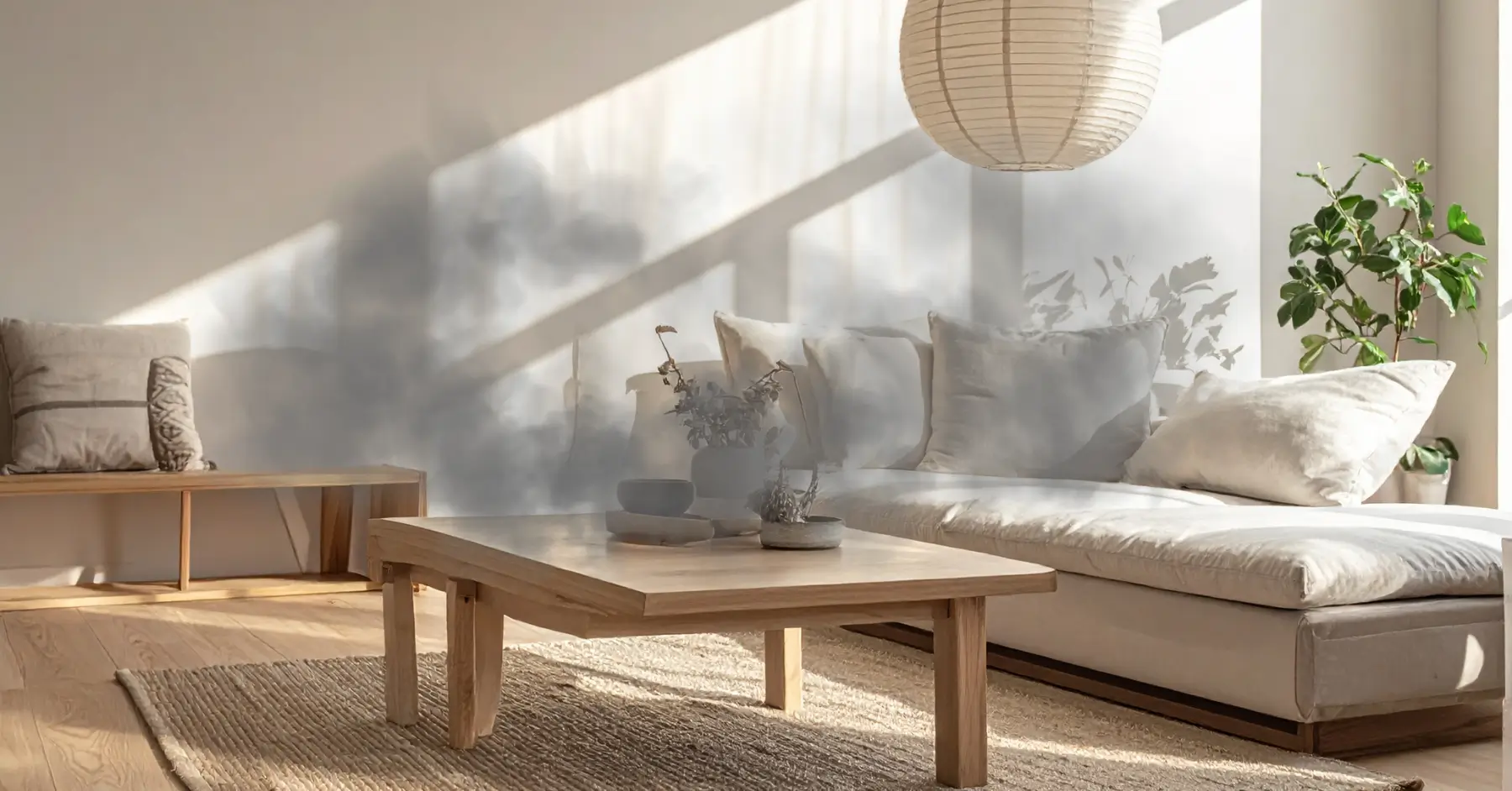From the moment you notice a musty smell in your living room, mold can quickly become a big problem. Sometimes it hides behind walls, under floorboards, or inside damp closets, but it’s always on the hunt for the right conditions to spread. By seeking professional mold removal services, you give yourself the best chance to protect your health and your home’s structural integrity. In this post, we’ll look at how mold develops, why it matters, and what you can do to tackle it before it takes over your home.
Imagine coming home after a busy day. You kick off your shoes, grab a snack, and suddenly notice an odd odor you can’t quite place. You ignore it for a while, hoping it disappears on its own. But mold rarely goes away without a fight. Like an uninvited guest, it settles in and starts causing trouble. The good news is that by understanding mold’s habits and calling in a qualified team, you can wave goodbye to unwanted mildew, spores, and weird smells.
Recognize the threat of mold
Think of mold as a silent intruder that welcomes itself into your house whenever it finds moisture and warmth. It thrives in areas like bathrooms and basements, especially if ventilation is poor or if there’s a hidden leak. Although it might seem harmless at first, mold can degrade surfaces, damage furniture, and weaken the materials holding your home together.
Mold is more than just a cosmetic issue. Dark spots on your walls or tiny patches on tiles are telltale signs of a bigger, invisible colony. Spores can attach to wet spots, feeding on whatever organic material they find, from wood to drywall. Over time, your property could start showing cracks, peeling paint, and musty rooms. All of this happens under your nose, so it’s key to stay alert.
Why mold loves damp places
- Mold needs moisture to grow, so leaky pipes, frequent humidity, or standing water are prime breeding grounds.
- Bathrooms and kitchens often have higher moisture from steam and dishwashing, making them easy mold targets.
- Basements can be musty if they lack proper ventilation or if groundwater seeps in through the foundation.
Big picture concerns
- Constant exposure to mold can cause respiratory discomfort and allergies for some people.
- If left unchecked, it spreads across walls, ceilings, and floors, leading to costly damage and repairs.
Spot key signs early
It’s easy to miss mold when it’s just a few specks. But you don’t want to wait until it expands into a major eyesore before taking action. Catching it early can save you from expensive bills and lots of headaches.
Visible growth
Sometimes mold looks like black or green patches on damp surfaces. But it can also appear white, gray, or slightly fuzzy, depending on the species. If you notice a suspicious patch around your window frame or near the shower, take a closer look. You might spot thin filaments or clusters of tiny dots. These are the mold’s “roots” and spore-producing structures.
Musty or earthy odors
An unpleasant smell is often your first warning sign. Mold releases compounds that produce an earthy, unpleasant odor often described as “wet socks” or “old basement.” If this scent lingers even after you’ve aired out a room, you likely have some hidden mold growth. Follow your nose, and check damp places like under sinks, behind appliances, or in dark corners.
Discoloration on walls or ceilings
Yellowing or browning on painted surfaces might signal water damage, which is frequently followed by mold. Pay special attention to corners, where dampness can accumulate. If the paint or wallpaper is peeling, it could be from moisture trapped within the walls.
Understand health and home risks
Mold carries risks that go beyond cosmetics. It’s a living organism, and when it finds a home in your house, it can put your health and property at risk. The more it spreads, the harder it becomes to remove.
Health side effects
Not everyone reacts the same way to mold. You might notice mild sneezing or watery eyes, while someone else may develop more severe respiratory issues. Prolonged exposure can worsen asthma or allergies. Even if you’re not coughing, mold can be quietly causing discomfort for family members, visitors, or even pets.
- Common symptoms: Runny nose, itchy eyes, sore throat.
- Severe reactions: Respiratory distress, persistent coughing, or skin irritation.
- Vulnerable groups: Babies, older adults, and anyone with compromised immune systems.
Home damage concerns
Your house represents a major investment, so you want to protect it. Mold gradually weakens wood beams, flooring, and insulation. Over time, these smaller problems can become major structural issues.
- Warped or rotted wood: Moisture damages wooden supports, leading to sagging floors or wobbly frames.
- Stained walls and ceilings: Even if you paint over it, mold can creep back if the underlying moisture isn’t fixed.
- Unpleasant living conditions: Odors and visible mildew lower the overall comfort and value of your home.
Hire professional mold removal services
So, what separates professional mold removal services from a quick do-it-yourself scrub? Thoroughness is the biggest difference. When you hire an expert team, they don’t just wipe down the surface. Instead, they investigate where the moisture is coming from, eliminate the root cause, and clean every hidden corner.
The step-by-step process
- Inspection and testing: A certified team examines your home, pinpointing where mold lurks. They may take air or surface samples to figure out its type and severity.
- Containment: To reduce the chance of spores traveling to other rooms, experts use plastic sheeting or specialized barriers.
- Removal and cleanup: Using professional-grade equipment, they remove moldy materials, disinfect surfaces, and vacuum with HEPA filters to trap spores.
- Drying and repairing: Finally, they ensure everything is dry, fix leaks, and replace any severely damaged materials.
When each of these steps is done properly, it dramatically lowers the risk of mold returning. You also won’t have to worry about leftover spores waiting to burst into a fresh outbreak.
DIY vs. professional approach
If you’re handy, you might consider tackling small mold patches yourself. But bigger infestations call for pro-level skills and tools. Below is a quick comparison:
| Approach | Pros | Cons |
|---|---|---|
| DIY cleanup | – Lower cost if mold is minor | – Risk of incomplete removal if mold extends behind walls |
| – Can handle small patches quickly | – Lack of specialized equipment to handle hidden or massive growth | |
| Professional removal | – Comprehensive testing, sealing, and repairs | – Requires scheduling and a budget |
| – Techniques to treat deep or widespread mold | – May involve partial demolition for heavily infested walls or flooring |
It’s tempting to clean a moldy spot with household products and just hope for the best. But if you suspect a larger contamination, the professional route often ends up saving time, money, and undue stress down the road.
Cost of mold removal
Prices vary depending on the size of your home and the extent of the infestation. You might pay less if you catch mold early, since the affected area is smaller. But even if the project feels pricey, consider the cost of ignoring the problem. Untreated mold can lead to far bigger repairs, like rebuilding entire walls or replacing floors.
Prevent mold from returning
Once a thorough cleanup is done, you want to avoid having to do it again six months later. Preventive steps help keep mold from settling back in. A lot of mold prevention boils down to controlling moisture, improving ventilation, and being watchful.
Improve indoor ventilation
- Open windows regularly, or use exhaust fans in kitchens and bathrooms.
- If possible, invest in a dehumidifier to keep indoor humidity between 30% and 50%.
- Clean fans and vents so they work efficiently, drawing out moist air before it stagnates.
Tackle water issues quickly
- Fix leaks in pipes, roofs, or basements as soon as you notice them.
- Dry out standing water on floors, counters, or carpets right away.
- Inspect your home after heavy rain or plumbing mishaps for any hidden wet spots.
Choose mold-resistant materials
If you’re renovating or replacing surfaces, consider using mold-resistant drywall, paint, or flooring. These options can limit growth and shield your investment from future problems. Although it might cost a bit more upfront, you’ll likely save big on avoiding mold resurgence.
Take the next step
By now, you know how mold sneaks into your home, why it’s harmful, and what complete removal looks like. If you’re already dealing with musty smells or seeing weird spots on the walls, consider professional help to tackle the issue once and for all. Ignoring mold can lead to greater harm for both your health and your wallet.
When to call an expert
- You suspect the growth goes beyond surface mold, or you see it spreading quickly.
- You, a family member, or a pet is experiencing allergy-like symptoms that worsen at home.
- There’s a persistent, dank odor that won’t go away, no matter how often you clean.
- Plumbing leaks or roof trouble have soaked parts of your home for several days.
Remember, the more you wait, the more mold feeds and finds new spots to claim. If you see any hints, don’t hesitate to schedule an inspection with a trusted company like AS General Contracting’s mold remediation team. They can help you confirm if mold is present and recommend the right plan to remove it.
Practical next moves
- Do a quick walkthrough: Check basements, attics, and bathrooms for signs of excess moisture or visible mold.
- Fix small leaks: That dripping faucet or pipe might seem minor, but it can create the damp conditions mold loves.
- Consider a professional check: Expert eyes can locate hidden spots and prevent deeper problems.
- Arrange a cleanup promptly: If mold is confirmed, schedule the removal before it spreads.
When in doubt, it’s better to be safe than sorry. If you suspect mold behind your walls or under your floors, talk to a professional. You can easily reach out for assistance or book a thorough evaluation by contacting AS General Contracting. A simple conversation might save you from health risks, property damages, and ongoing mold headaches.
Final thoughts
Mold is no joke. It likes dark, moist corners and can creep into your living space when you least expect it. But if you spot those early warning signs or smell that telltale mustiness, you can get a handle on things fast. Professional mold removal services go beyond scrubbing away a surface stain, offering thorough solutions that protect you, your family, and your property.
When you keep your home dry, fix leaks quickly, and maintain fresh air circulation, you put together a strong defense against mold. If you’re ever uncertain or suspect a hidden infestation, don’t hesitate to call the pros. A friendly chat with an expert today could save you a world of stress tomorrow.


